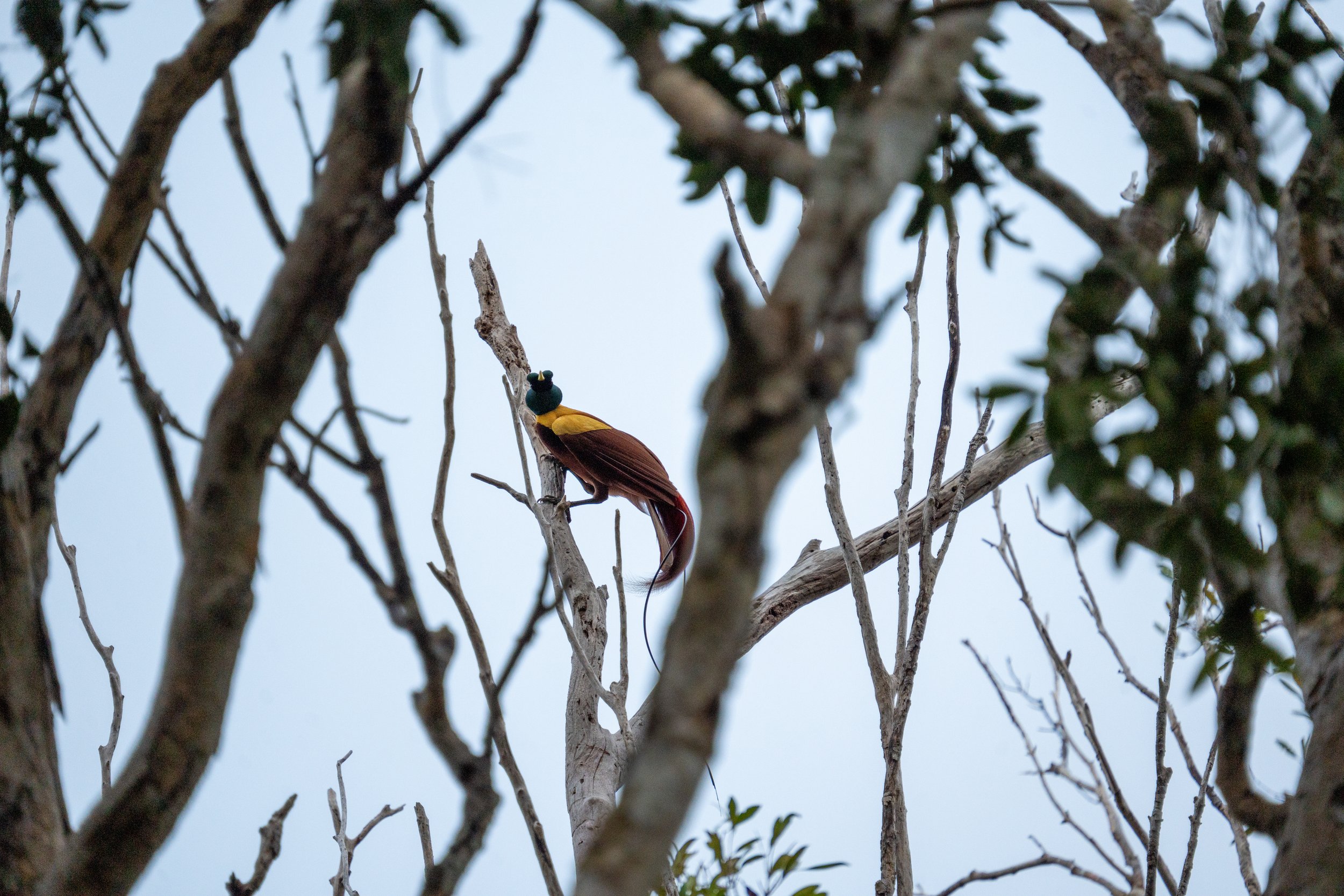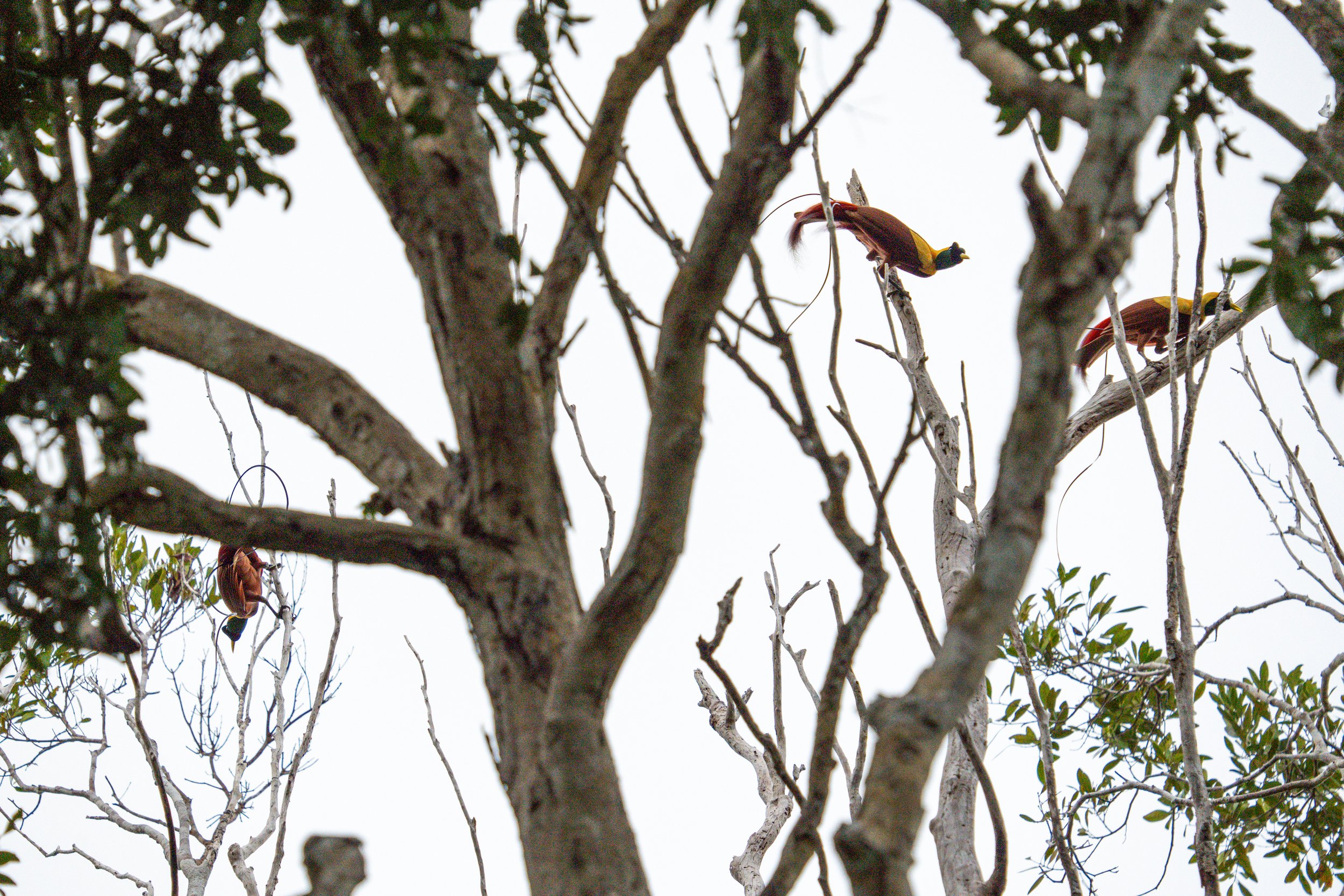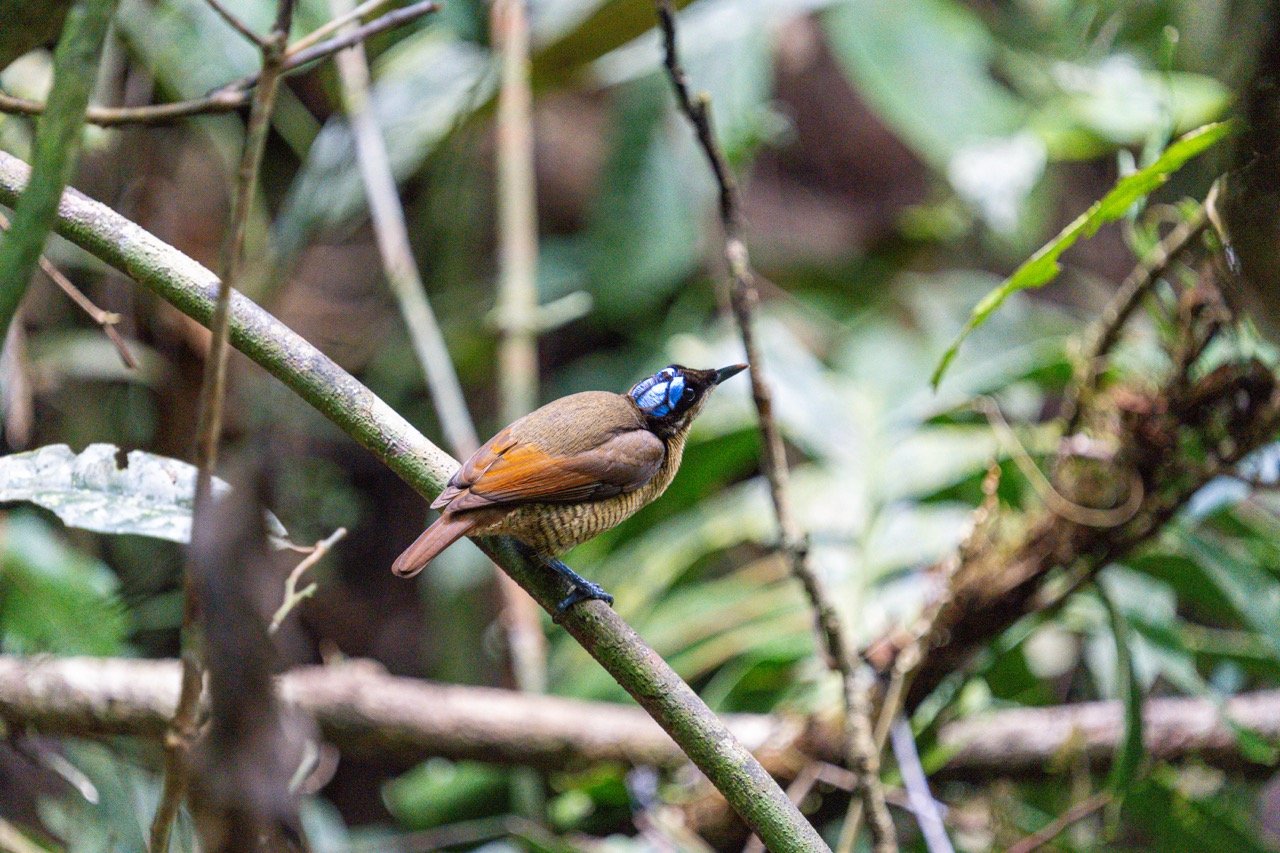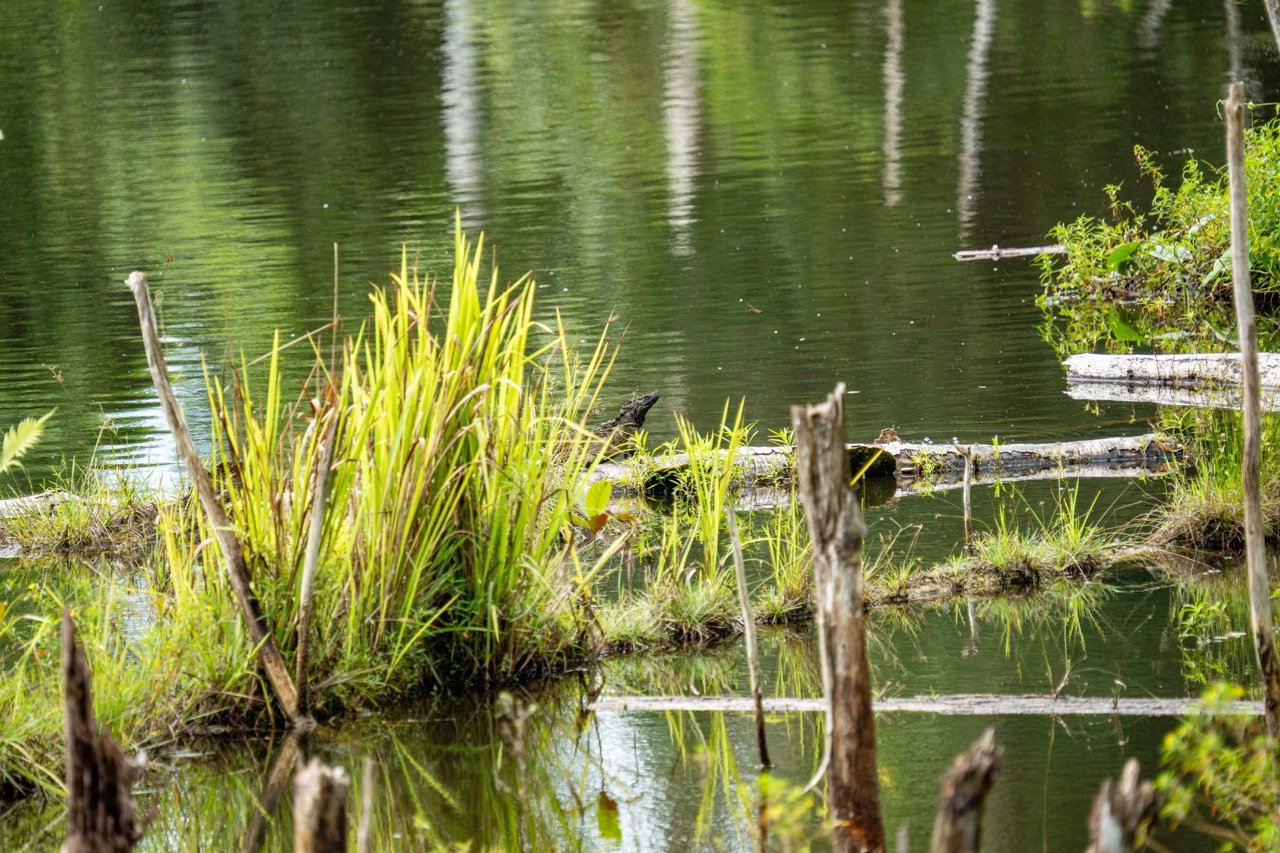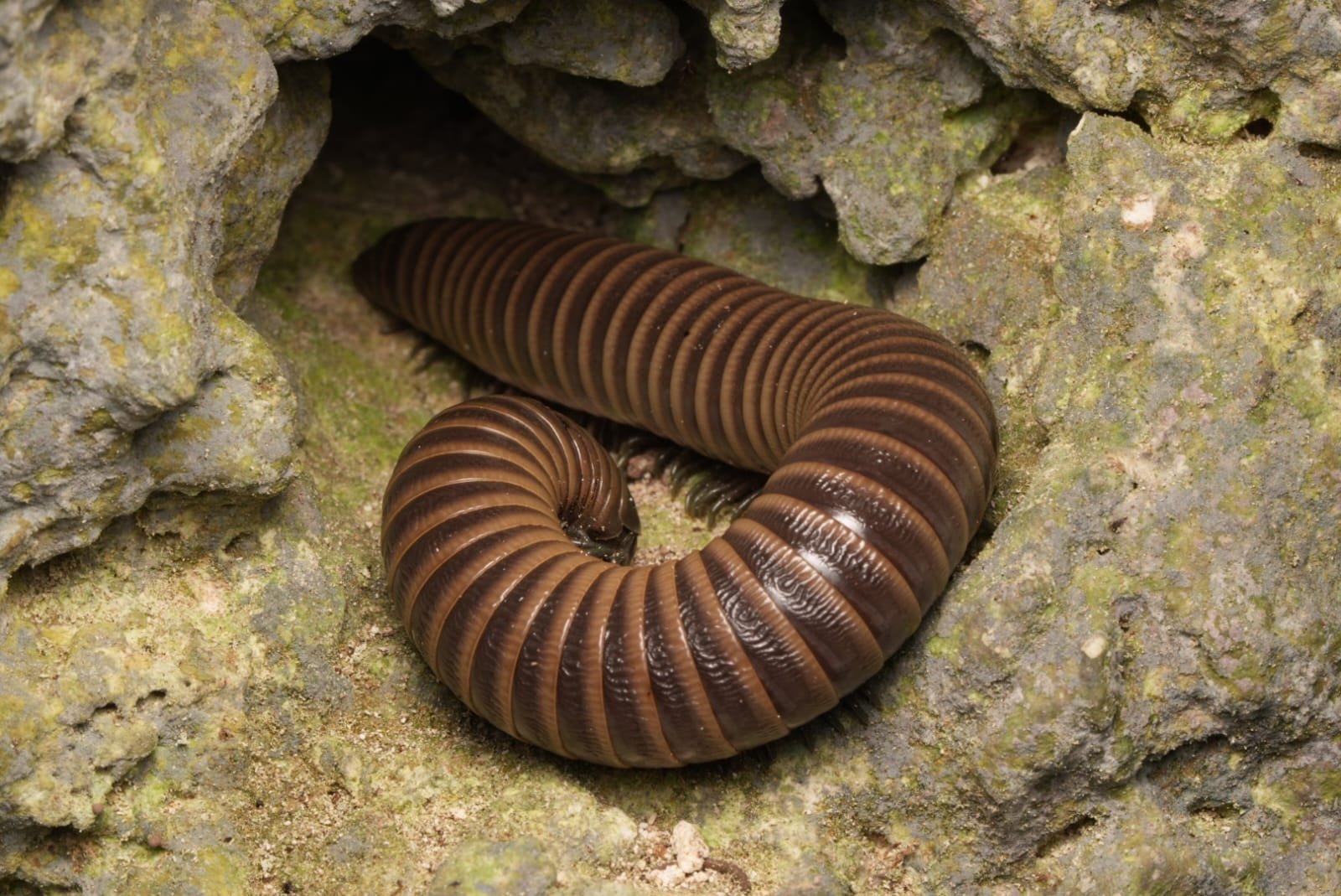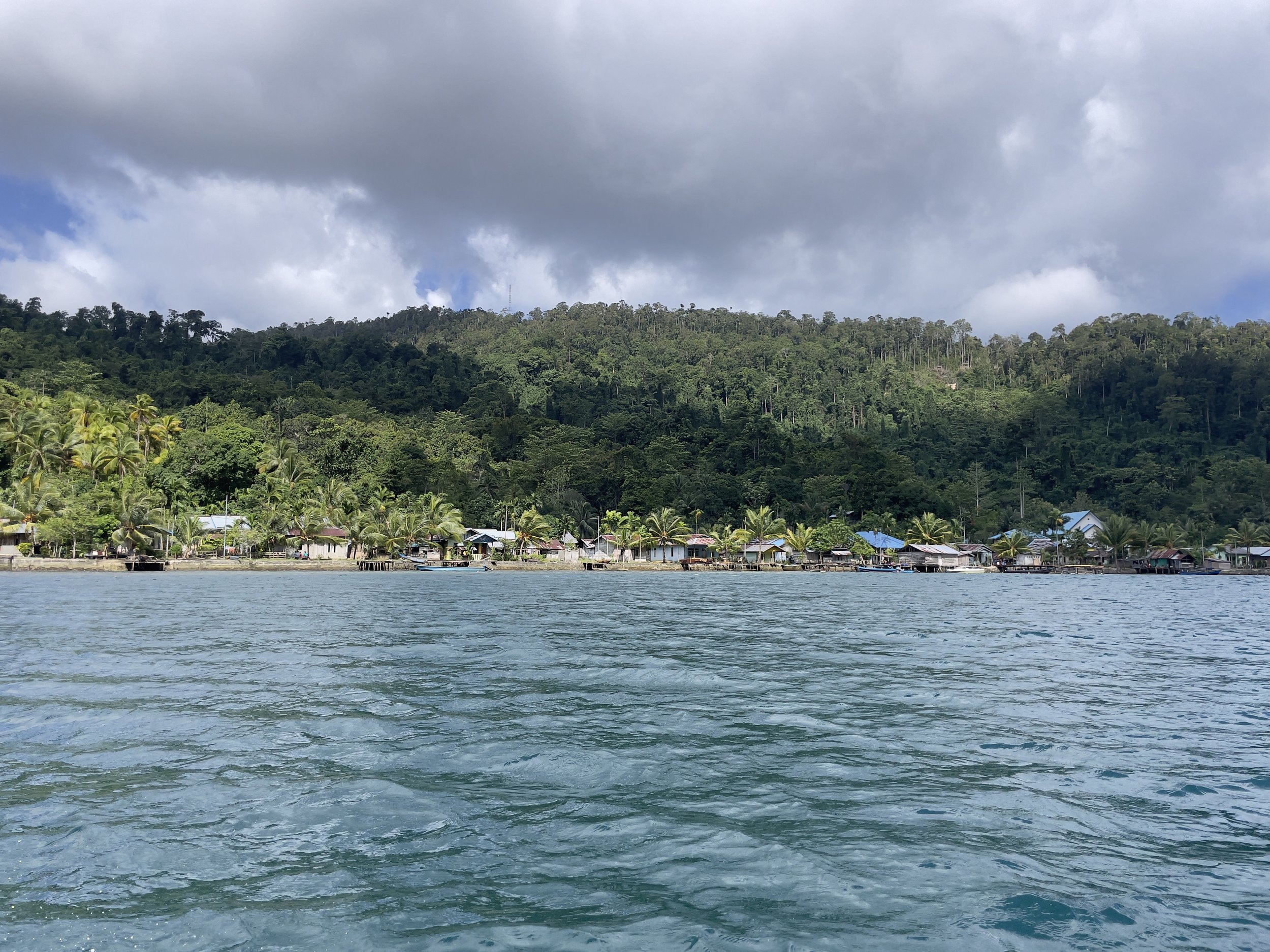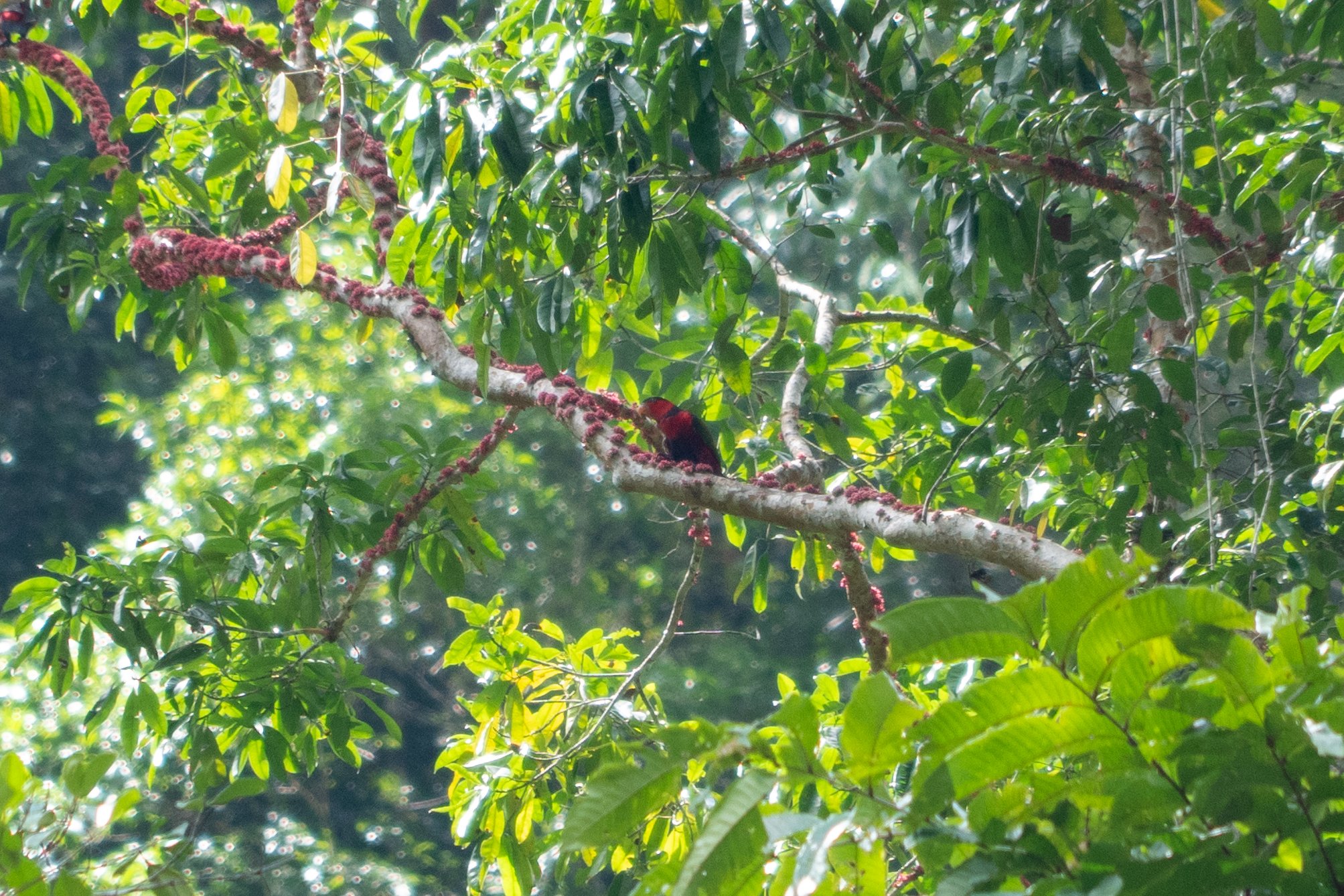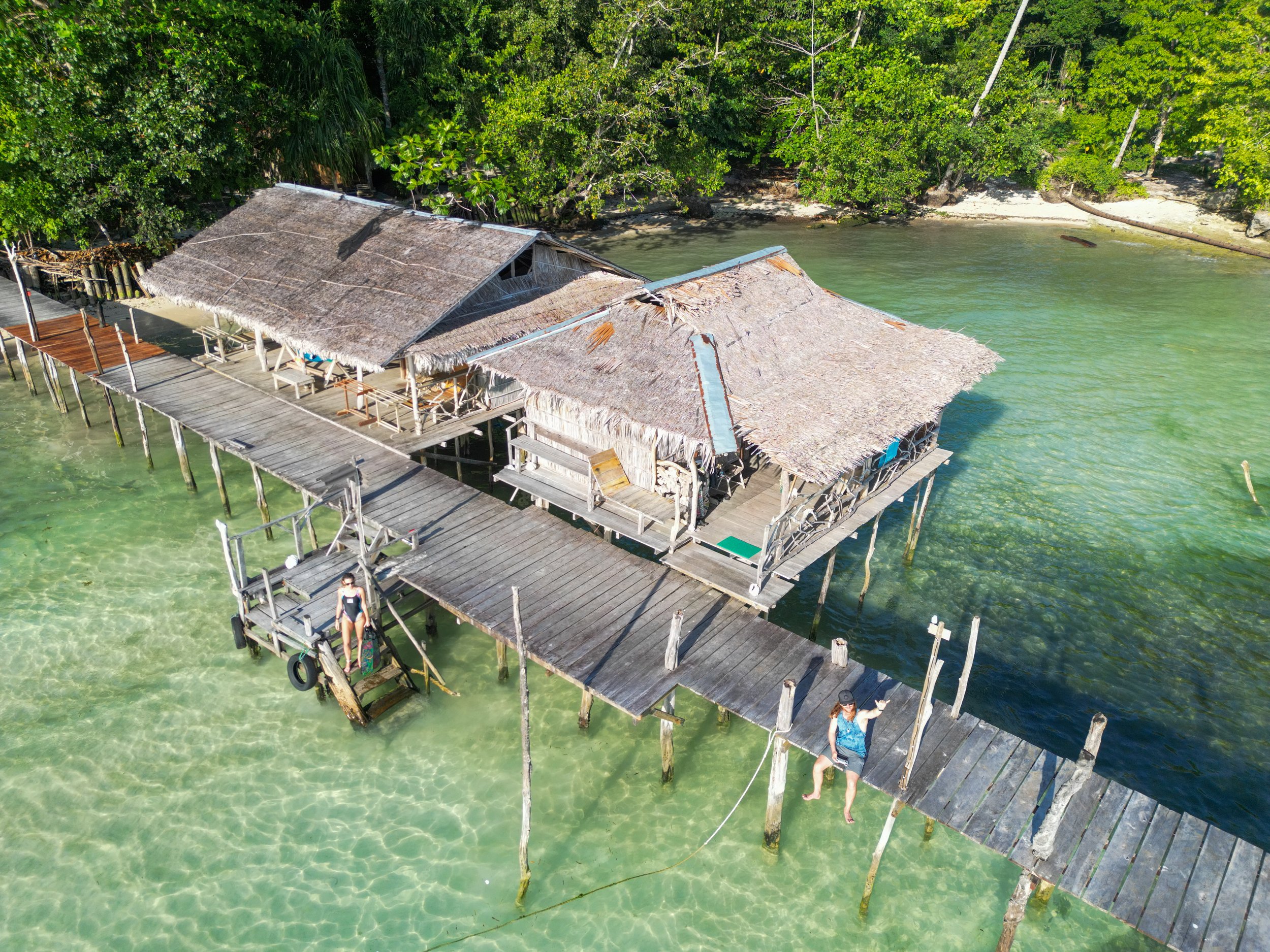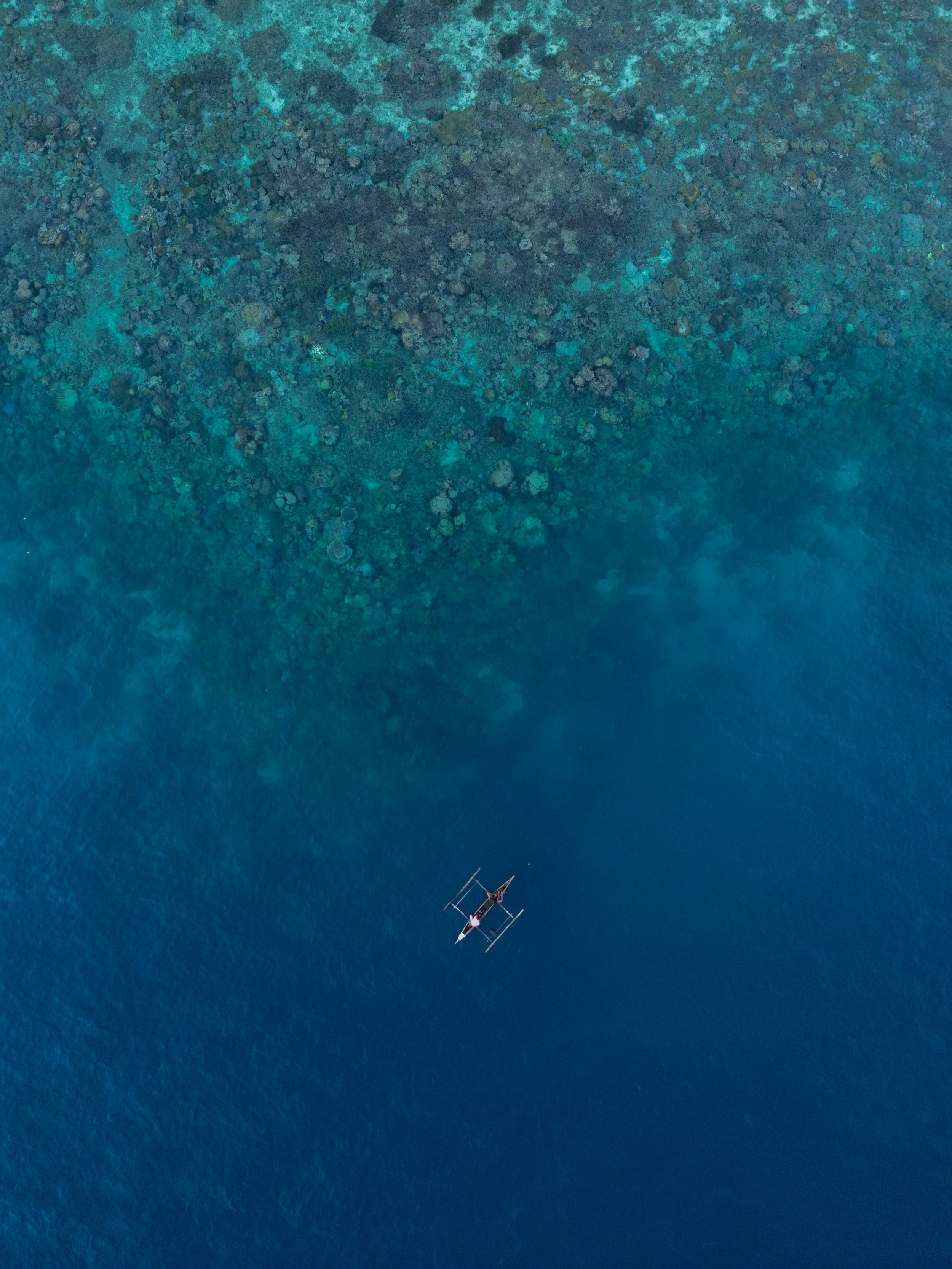Raja Ampat - The Last Paradise
Raja Blog Part 1
October 1st, 2023
Ever since I learned about all the places I could travel abroad to scuba dive, Raja Ampat has been the most talked about destination. Were the whispered legends and rumors that it was the best diving in the world true? And without fail, everyone I spoke to who had been there marked it as their top dive destination. Raja Ampat contains more biodiversity underwater than anywhere else on the planet. While working in the Maldives, I was coming up on my 30th birthday, and I had to go big for this one as the next place I would be moving to was even farther away from Raja than where I was. Raja is in the western part of West Papua. It is the farthest east island of the stunning country of Indonesia and is a far-away destination no matter what route you take. Raja Ampat means the four islands of Waigeo, Misool, Batanta, and Salawati. I was going to be visiting two of these fantastic islands.
My journey started in the Maldives, boarding an airplane to Singapore at 23:30. My red eye was four hours long. I reached Singapore at 7:30 in the morning before I took my next flight to the bustling capital city of Indonesia, Jakarta. I had a 12-hour layover in Jakarta and waited in the airport hotel because I was meeting my travel friend Kat, who joined me in Borneo. Kat was coming from Australia, which was a shorter distance due to its proximity to Indonesia. Our next flight will be from Jakarta to Sorong. The airplane boarded at 23:30, and this was my second red eye in a row. Thankfully, I was upgraded to first class so I could pass out on the flight and catch some sleep.
October 3rd, 2023
We got into Sorong around 6:00 on October 3rd, grabbed our bags, and took a taxi to the ferry dock. No, we were still not at our destination after three plane flights. The boat to the main city of Waisai, on the island of Waigeo, takes around two hours.
The boat left at 9:00, and we pulled in at 11:00. we met the owner of the guest house, Alter Native Stay, where we would be staying. I chose it based on its location and how helpful the owner, Timon, had been with local knowledge before arrival. He is from Belgium but has lived in Raja for 20 years. After Timon picked us up, it was another 30-minute ride to the homestay, finally ending my travel time at 28 hours. We sat down and got the rundown of the place. On the way over, Timon mentioned that he had an injured frogmouth bird and wanted to see if I could do anything to help it. After setting the bags down, I went to look at the bird. This was the first frogmouth I had ever seen. These birds are masters of camouflage. Their feathers mimic bark, and they will rest with their heads at odd angles to look like a protracted branch from the tree. Even walking up to it from 3 meters away, I could not see the bird until I was next to it.
This frogmouth is also the endemic species found in Papua—the Papuan frogmouth. The bird clearly had a problem with its wing, so I carefully picked it up and the bird did not even show aggression, which is not a good sign to start. I unfolded the wing and looked at the damaged area; it was already dark, bloody, and infected, which did not give me high hopes for the bird. I flushed the wound with clean water and asked what happened to this beautiful bird. Timon explained that the bird had gotten into someone’s house, and instead of being kind, the homeowner hit the bird with a broom. It is sad to hear stories like this, especially from animals that pose no risk to your safety. This kind of thing happens worldwide, though, and is nothing new to me from my work and travels, especially my work with reptiles. People are afraid of what they do not understand. We placed the frogmouth in a tree area and then went to eat lunch as we hadn't eaten properly in a long time.
The weather was cloudy, so we just relaxed. One of the grounds keepers waved at me to come over to him, and he pointed into the tree. To my surprise, there were two other frogmouths perched high up in the tree. This was amazing! I had already ticked off a bucket list of species, and I had not even been there for two hours.
We were sitting in the overwater rooms, and as I looked back at the jungle behind the homestay, I saw a larger bird fly to the top of a tree. I immediately recognized that oversized bill and knew that this was a hornbill. I grabbed my camera and got a photo of my first Blyth’s hornbill.
We spent the rest of that afternoon watching birds I had never seen before pass by. Another new species I was hoping to see was the Eclectus parrot, and there were quite a few. The male is dark green, and the female is bright red. Since we were so tired from traveling, it felt good to relax and enjoy the spot where we were sitting.
That evening, I flew my drone and took pictures of the surrounding landscape. What stands out most about this place is the gorgeous ocean with shallow reefs, a small beach, and an intense, deep jungle that covers limestone cliffs and hills. I went to bed around 21:00 that night, but this was okay because tomorrow, we would start early at 4:00 to find the unique Papuan animals I have always wanted to see in the wild.
October 4th, 2023
Kat and I woke at 4:00 and got ready to be picked up by our guide at 4:30. The driver and our guide drove us about 25 minutes from the homestay into the hills. We unloaded from the car, placed our head torches on our heads, and headed up the mountain in the darkness of the early morning. The sky started to get lighter, and we reached the viewing area. The guides maintained the area. They had logs tied together to form a bunch, which created a blind to block the photographers, so the animals did not get spooked. I could hear birds calling, and then I saw a dash of red and yellow perch atop the tree. Right there in front of me was my first ever species of bird of paradise. This species is the Red Bird of Paradise, which is endemic to the islands of Waigeo and Batanta.
We then saw two other males join on their favorite dancing tree. The trees they choose tend to be older and have fewer branches and leaves, allowing them to show off those killer dance moves to the ladies better. With our telephoto lenses on, Kat and I took endless shots of these stunning birds showing off and moving around. They truly are something to see in the wild. Their behavior is so different from that of other birds I have seen. The light of dawn was getting higher into the sky, so their colors popped even more. Their backs are dark red, and their undersides are yellow. Their chins, however, have this stunning, shiny, dark green color.
After photographing them for an hour, we moved on to our next birding destination for the morning. There, we expect to find the Wilson bird of paradise, which is endemic to Waigeo. After a 10-minute drive, we got out and hiked 15 minutes to a blind, where we tucked in and got our cameras out.
We did not need to wait long before catching our first glimpse of the male Wilson’s Bird of Paradise. The males have this goofy tail with two feathers that curve into each other, creating a loop. Their backs are bright red, the neck is yellow, and the head is blue. The male clears a large area of debris and calls out to females. He has a perch spot where a female will sit above him so he can give her a full dance and display. This bird of paradise is more active later in the morning because it needs the sunlight that is coming into the canopy to show off its true colors.
On his throat, he has bright green coloring, but you can only see that if you were looking down on the bird from above, which wildlife film crews have been able to catch with specialized cameras. The females will come in to inspect his area. They will leave if they do not like it, but if they do, they will sit around to check out his dance.
We saw multiple females come in to inspect. They also have blue heads, but it was not until I zoomed in on the head that I noticed they had no feathers on their head! The blue is their skin, and the male is the same. They are not as attractive up close due to their little bald heads. It was still amazing to see these birds in the wild for the first time. I managed to get a couple of shots I was happy with, but the male moved around so much that it made it difficult to photograph because he had already disappeared again by the time I lifted my camera to take a photo. After an hour, the sun rose, and the birds left the area to forage in the undergrowth.
It was about 9:00 in the morning now, and we headed back to the car. Our guide wanted to show us a lizard spot he knew of, which I was excited about as this was not a species I had ever seen before and did not even know existed here. We headed to an area with a flooded river and small lakes.
We scanned the logs in the water, and our guide spotted one, so I looked through my camera and grabbed the photo, and there it was, sitting on a log. The Sail Fin dragon is a stunning lizard that lives an amphibious lifestyle. The most unique feature of this group of lizards is that they have very pronounced crests on their tails and backs, giving them the common name of Sail Fin dragons. This species is found in Papua, but others exist in the Philippines and Sulawesi.
We hung around and spotted another one, which was a female identified by her smaller crests, even though she was about the same size as the male we saw. The temperature was climbing, so we headed back to the lodge.
On the way back, I saw a monitor resting on the road, and I grabbed a photo. After taking the photo, I zoomed in and noticed its blue tail. This was a blue-tailed monitor, a rarer species to encounter in Oceania.
What is cool about Raja Ampat is it lies on the eastern side of the Wallace line, meaning this part of Indonesia is part of Oceania, as that is where these islands originated a long time ago when this land mass connected to Australia. While we were driving, Kat spotted a massive katydid from her open car window, so we stopped and checked it out. It was a huge female, but what was crazy was that she still had more growing to do.
Kat loves her bugs, and like always, when photographing, I spotted quite a few more bugs for her to photograph. We saw more birds, species of kingfishers, and falcons on our way back to the lodge for an early lunch. That afternoon, we met different tour operators Timon knew and discussed what we wanted to do during our time in Waigeo.
That evening, we met up with our guide, Balthazar, who has taken out friends in the past in this very area to find my favorite animal on the planet, the green tree python. We got into a long boat where every movement felt like we were about to tip over and headed to a spot about 15 minutes away, just as the sun went below the island on the horizon.
We pulled the long boat into a cove that was another homestay and began our search for one of the most amazing snakes on the planet. We spotted geckos, small frogs, and stick insects, but our first snake was a brown tree snake. I lived in Guam, working with this species to remove them, so seeing my first one in the wild was nice.
As I was looking at it, I heard Kat cry out in pain, and she was holding her eye, giving me her camera, and getting her water bottle. She was irritated as she said that a millipede sprayed her in the eye. I have dealt with millipedes worldwide, and they are poisonous animals. However, Kat, trying to be friends with it, the millipede was able to squirt its poison directly into her eye. The precision was insane. Kat described the pain as a burning sensation, but she is a tough cookie, so she kept on night-hiking.
We found another brown tree snake, but it was getting late, so we returned to the boat, unlucky in our quest to find the holy grail of pythons. We could see bioluminescence in the water on our way back in the boat. We crashed hard that night since we had such a long day.
October 5th, 2023
I woke up with the sunrise and the sounds of multiple bird species. One, the willy wagtail, loves to perch and call out right next to the room. Today was for relaxing, so I flew my drone in the morning to get nice shots of the surrounding area.
We also went snorkeling to check out some of the area. Being marine life growing close to the main city, the coral wasn't the best, but I could see some cool species.
That evening, we headed out to the village area and explored, looking for birds and anything else photogenic.
That night in the shower, I saw my first ever white-lipped tree frog, one of the larger species found in Oceania. We went on a night hike and found brown tree snakes and other creatures, but nothing different than we had seen the other night. So before bed, we did a little Astro photography.
October 6th, 2023
We woke up at 6:30 and got ready for our big day exploring the east part of Waigeo. Otter, our guide for the day, arrived in a long boat to pick us up at our homestay. When the boat came, a black cockatoo appeared in the tree above where we ate, so I quickly took photos of it before it flew off. They could have been better, but it was a nice proof shot. They are one of the most beautiful cockatoo species.
We set out on a 1.5-hour boat ride in slightly rough seas. I do not like these long boats, as the weight shifts constantly. We were soaking wet when we entered the bay where our adventure would begin. We took the canoe up this river area, and it was now too shallow for the boat to go, so we got out and started hiking around 10:00 in the morning.
There were lots of birds moving overhead because the river had steep limestone cliffs on either side. It just felt so wonderful to be able to explore pure, untouched nature. You experience the feeling of remoteness because you truly are remote in this part of the world.
We hiked for two hours through various river offshoots, just exploring this gorgeous area. Kat and I agreed that next time we visit, it would be very cool to hike as far as we could up here and camp for a night. We then headed to the main attraction that drew me to this area in the first place: the Kali Biru or Blue River.
This famous spot is a spring-fed river in the dense jungle; the water is turquoise. We got to the river and were the only ones there to explore. I launched my drone, but it was high noon, and being right next to the equator is not great for photography as the sunlight is very intense and the cameras struggle. Kat got on her snorkel gear and went for a swim. I shot some great video of her swimming, switched onto my half-dome lens, and got in the water.
After living in the warm Maldives for so long, I forgot how cold fresh water was, but it felt refreshing after the long hike in the heat. We explored for around 45 minutes at this spot before we headed off for lunch under the shade of trees along the cliff.
After lunch, we headed off to explore the bat caves around the area. At the first one, we climbed up to the mouth of the cave and entered. The ground was moist and muddy, but the air was cool. A couple of species of bats were flying around, and the stalagmites and stalactites were impressive. I took photos of Kat exploring, and she did the same with me.
Then, we headed out to the next massive cave filled with hundreds of bats. We took photos here before heading to a unique underwater cave, which was cool to explore. It was the end of the day, and our guide informed us that the best time to take photographs here was at noon. (Oh, thanks. It is like we should have come to take photos here first, but that was partly my fault for not making my priorities clear.) Note to self: Next time, switch the trip around, and it will be better photography in all the spots we visited.
It was time to head back to our Homestay. I covered my face from the intense sun so I would not burn, and we made it back just before sunset, so I was able to launch my drone and get more photos.
That evening, we had delicious food and went to bed early because the next day, we were heading to one of the coolest and not-often-visited areas of Raja Ampat.






















